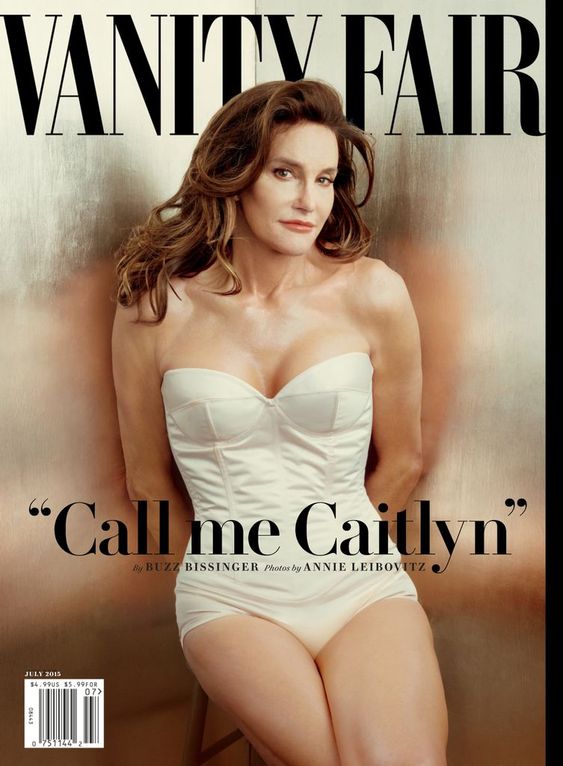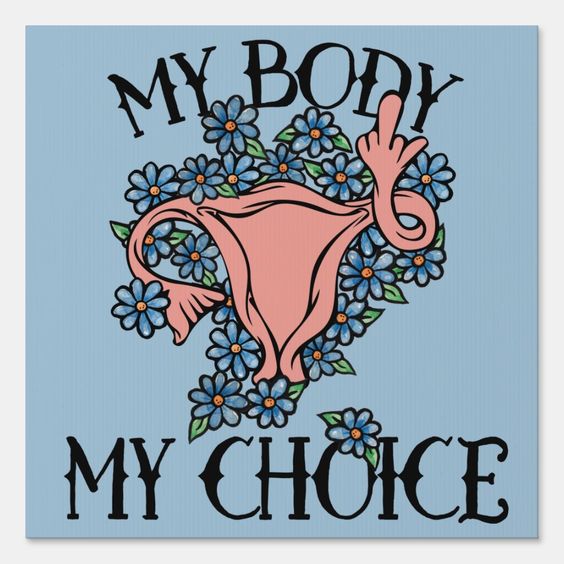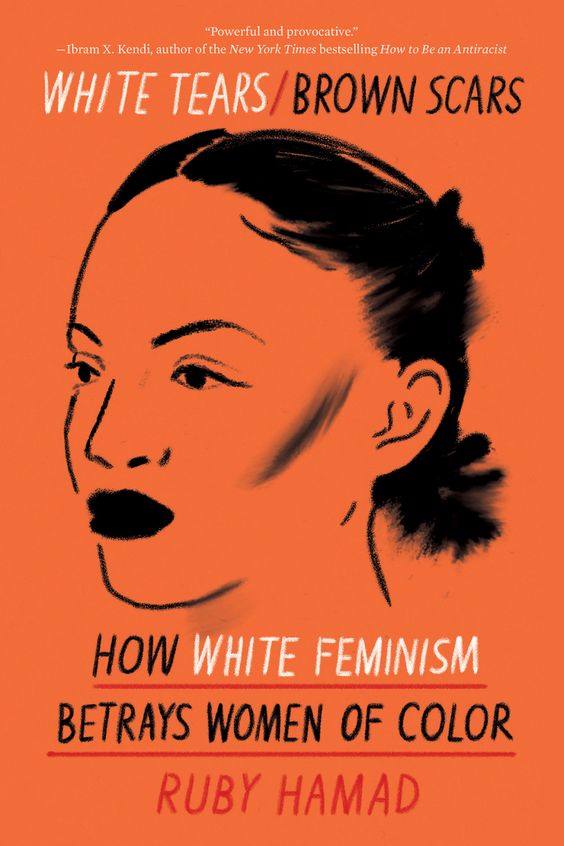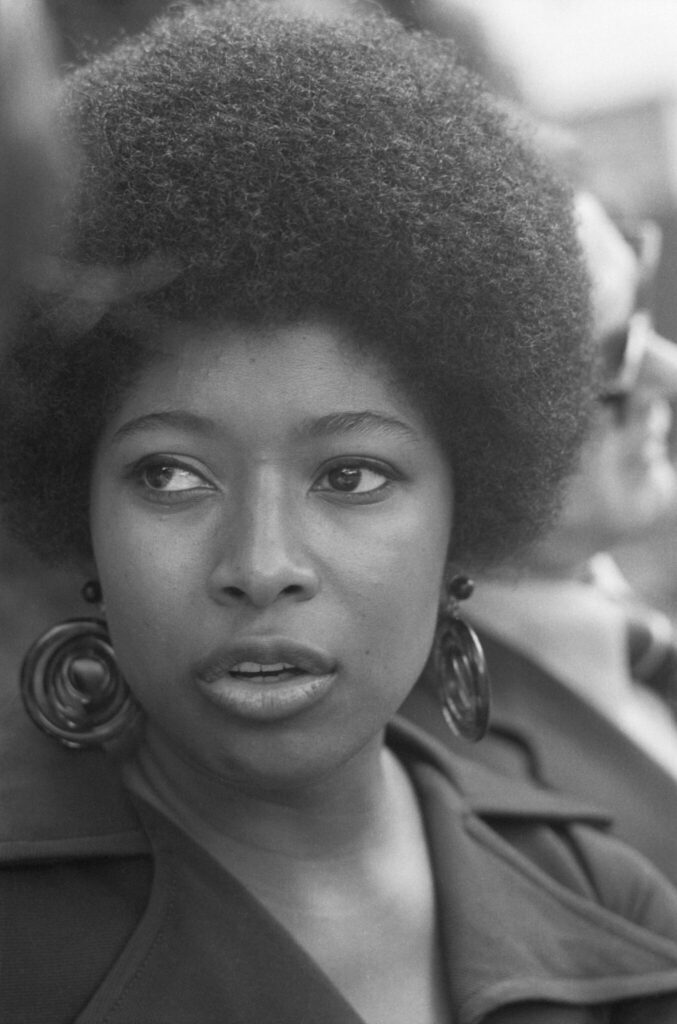
Snapshot 12


The discourse around abortion in the United States seems to roll onto our news channels and social media timelines every couple of months. It’s very disappointing how women’s reproductive rights have been exploited, yet still have been policed so much that many women can’t seem to even have control over their own bodies. The videos we had to watch for class this week were very insightful on the issue that many individuals with female reproductive organs have to face. I especially liked the short video titled, “What is Reproductive Justice?” on youtube. It details how a women’s business regarding their reproductive organs should be kept solely between themselves and their OBGYN. I completely agree with this and believe that no outside forces should be the deciding factor on what a woman does with their uterus. Another video I enjoyed from the shared playlist was “100 years of Periods”, it depicts the history of menstruation products starting from 1911. From discovering cellucotton and marketing it towards women as a more absorbent alternative to the homemade cloth pads they were popular at the time. This began the commodification of women’s menstruation products and in turn, what we know today as the “pink tax”, where companies will sell products exclusively to women at a higher price, most of the time the products are a necessity. Popular companies like Kotex offered inconspicuous packaging for menstruation products, suggesting that a “period” was something a woman needed to hide and be embarrassed by, which most certainly is not the case. Even still to this day, many men use foul language when speaking about periods, and try to stay as far away from the topic as possible. This is ironic as they certainly don’t feel the need to not intervene with a women’s reproductive system when abortion is involved. Judging the Pro-Choice movement is completely silly in my eyes, as it is not inherently Pro-abortion, this is where people tend to get confused. Many women who are pro-choice might never get an abortion or even disapprove of them, however, they can still understand that another woman should ALWAYS have the right to choose. ALL women deserve agency towards their bodies, this should not be political discourse nor a topic up for debate.
Fawina’s Snapshot is a picture of an older woman holding up a sign against the abortion ban in Texas. It is heartbreaking that a women’s right to choose lays in the hands of politicians, many of which are male and don’t even have first-hand experience of what it means to be a woman. Not to mention that abortion bans are not going to keep women from getting one if they deem it necessary, it is statistically proven that abortion rates don’t lower after abortion bans. This decision will only increase the injuries and fatalities that will come from antiquated and dangerous forms of home abortions. These politicians are aware of this, but it is clear that they don’t care about women, or their fetuses, in fact. It is all a way to control, shame, and punish those who simply just want the ability to choose what they can do with their bodies
In one of the wealthiest neighborhoods in New York City, The Triangle Shirtwaist Factory was located near Washington Park, occupating a couple of floors of the Asch Building. Regardless of its location, the Triangle Shirtwaist Factory is considered a sweatshop by all standards as it consisted of long hours, low wages, and unsafe conditions for its workers. Most if not all of the workers who worked there were women, young or old it didn’t matter, and many of them didn’t speak English. I find this entire setup predatory on its own as it is clear these women were taken advantage of. The video we watched this week for the class was very insightful as well as heartbreaking. I had learned about the fire very briefly in my fashion design class in High School but had no idea how truly tragic and absolutely preventible the entire event was. On the evening of March 25th, 1911, just before the women were done with their workday, a fire broke out in a bin of cotton scraps. The first mistake was that the hose the manager tried to put the fire out with initially was rotten, and therefore wouldn’t work. The factory didn’t contain a sprinkler system, causing the fire to spread very quickly, with only one fire escape that wasn’t equipped to handle all of the women using it to try and escape, the fire escape had collapsed. The one elevator used to make rescue trips broke down after the fourth one, causing many of the workers to either jump to their death or perish in the flames. The entire ordeal lasted only eighteen minutes, and 146 workers died that evening. This whole event was heartbreaking to learn about. There really wasn’t much work for non-English speaking individuals at the time, and many who couldn’t find a better job, whether that be due to education or class, were forced to take these grueling jobs. It’s sickening to think how much money these companies made, how many long and tiresome hours their employees worked, yet they couldn’t have the decency to at least implement more safety precautions for them. Having only one fire exit is absolutely ludicrous, and the fact that there wasn’t a sprinkler system set up for a textile factory is disgusting to hear about. The owners were obviously cutting corners at the expense of these women’s safety.
As previously stated, I learned about the Triangle Shirtwaist fire a few years ago in one of my fashion courses. I really respected my teacher for bringing up the horrible repercussions that the textile industry has on our planet. We watched the documentary, “The True Cost” which detailed the horrible way our country disposes of its citizens’ textiles. This includes shipping the textiles to a third world country to have them and their citizens deal with it, ultimately suffering the consequences from it, such as inhaling toxic fumes, polluting their oceans, etc. The documentary also talks about fast fashion and the “true cost” of these subjectively less expensive clothing items that we buy. It exposes just how many of the even “more expensive” brands that we buy still fall under fast fashion as the textiles and materials that they use are cheap and nonbiodegradable. The entire made me hyper-aware of my carbon footprint in the world, I now try to buy anything that I can secondhand, mostly my clothing and books, as well as trying to limit buying fast fashion indulgences and trying not to get swooned by the ever-changing trend cycles.
I really enjoyed this week’s readings for class. The discourse pertaining to identity politics is one that’s very interesting and usually discussed on social media like Twitter and Instagram. This week’s text, “Too Latina To Be Black, Too Black To Be Latina” written by Aleichia Williams is a great example of being at odds with what you identify with. They write, “When the violence broke out in middle school between the African-American gangs and the Hispanic gangs and the students spoke among themselves on who was best I could remember screaming “I don’t know who to side with!”’ This is a great example of how confused and “stuck” someone might feel when confronted with what they identify with. The author explains how they felt they were “too black to be Latin” and therefore was put in the box of listening to the music associated with the Black culture when they actually listened to Spanish music that they had grown up with their entire lives. It’s important to understand that a meshing of cultures is inevitable living in the United States, especially areas like New York City where the author grew up, and taking that to a more conservative and undiversified place like North Carolina will certainly bring judgmental gazes when their preconceived ideas of what a seemingly “black” person or seemingly “white” person should act like.
Isabelle’s snapshot perfectly encapsulated the struggle many black women in the Latinx community suffer from, and just like her posts read, it’s one thing to experience racism from white people, it’s in some ways even worse when it’s coming from their own community. Growing up in the Dominican Republic, I saw colorism plague the minds of so many people. Being darker skinned meant being made fun of or given backhanded nicknames, such as “Prieta”, or “Negra”, both meaning black. While some people think these nicknames are endearing, I personally don’t. How bizarre would it be if we normalized calling people by their skin color in English? Other hurdles that darker-skinned individuals in my country would face would be outright racism and prejudice. Having darker skin would make someone less “desirable” in the eyes of some men. Even the coarseness of their hair would be judged and most women who can afford to relax their hair to achieve a straighter appearance would do so. Eurocentric features were incredibly sought after and anything that didn’t resemble that was deemed as less pleasing. I find it disgusting how judged these women are, simply for the color of their skin or Afrocentric features, something that we cannot control.



This week’s readings were incredibly interesting, especially Betty Friedman’s, “The Feminine Mystique” which is a book I’ve been wanting to read for a while now! Betty Friedman dissects what it meant to be a woman in the 1950s and the duties and perils it took to fill the role of the coveted “housewife”. A job many women still to this day idealize and wish to serve. However, with idealization comes disappointment in most occasions.
I didn’t realize the quote, “a woman’s work is never done” was until very recently. The duties of cleaning the house, raising the children, cooking, etc. are only part of what being a housewife entails in contemporary culture. Imagine being a woman in the 1950s, with a most likely emotionally unavailable husband, having to navigate this world knowing there are only a handful of career opportunities for you to choose from. In theory, being a housewife would be a no-brainer, most people are in the mindset that cooking and cleaning is a part of life regardless, might as well make it their “job”. In the text, Betty Friedman writes, “Their only dream was to be perfect wives and mothers; their highest ambition to have five children and a beautiful house, their only fight to get and keep husbands.” This particular quote really emphasizes the yearning for security, comfort, and beauty found in women who most of the times, had nothing else to fall back on in a time where they were barely respected if not perceived as a “quiet, well-mannered wife”. This reading made me better understand a book I am currently reading called, “Play It As It Lays” by Joan Didion. It chronicles the life of a woman in the 1960’s in vignettes of her life as a working actress in Hollywood and her yearning to just ‘be‘. She doesn’t want to be a housewife as well as a mother, she just wants to be a mother. She doesn’t want to sacrifice parts of herself for a man, but she wants a husband. Housewife culture is very much a give and take dynamic, there will rarely be a perfect balance between a self-identifying woman and a housewife. Despite the hard work, the title of a housewife has never been respected in society, especially in the 50s where men were considered the “breadwinners” of the family. The job of maintaining a clean house, as well as raising kids was deemed as “expected” of women. Having a beautiful house and well-mannered kids was something that most men loved to boast about to their friends, along with having a decent job, it was the pinnacle of success to have a beautiful home and family to go along with it, all while underestimating the work that comes along with it.
I really liked Mitch’s snapshot for the week as it detailed the struggles of a woman breaking away from her preconceived role in her society. This, however, rarely comes easy and without cost. So many women in the 50s and 60s especially had to check into mental hospitals for exhaustion and many other untreated mental illnesses. This wasn’t something that many wanted to share and was kept a shameful secret most of the time. Ultimately showing that the job of a housewife isn’t the “easier” role, many women lacked a sense of agency to even go out and do anything other than that.

I had to watch the documentary, “The True Cost” in class a couple of years ago and it made me think about this week’s topic in class!